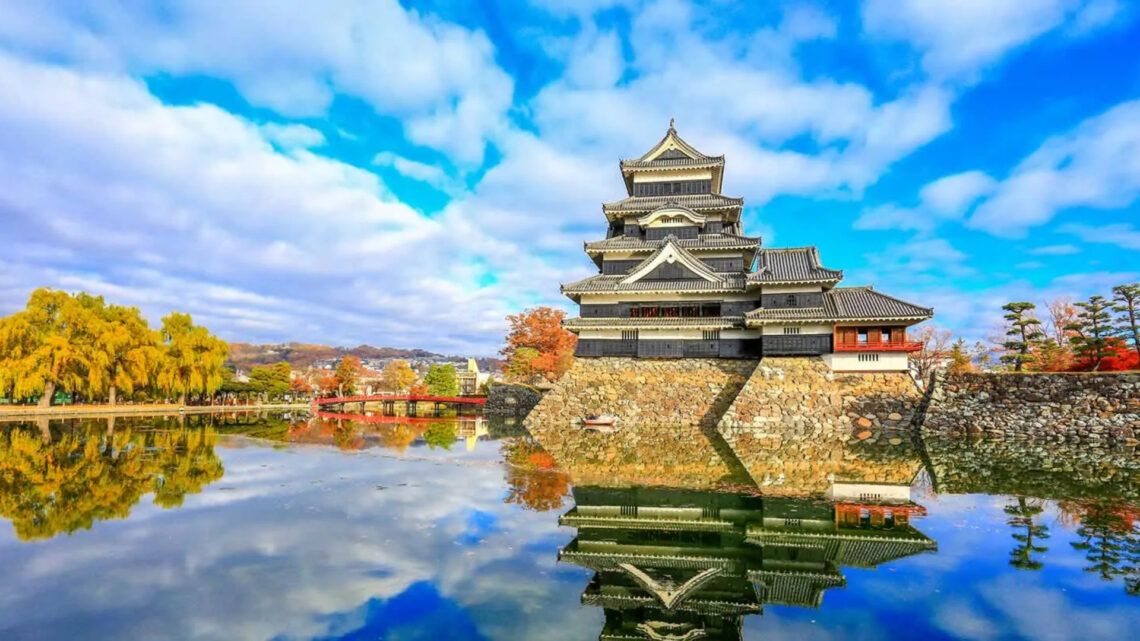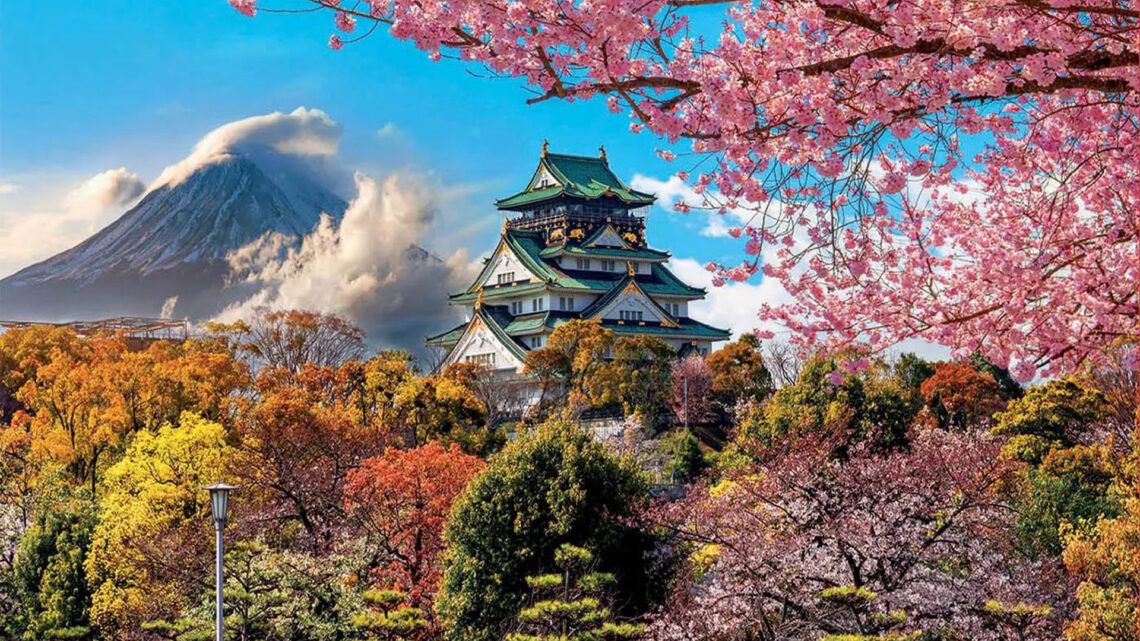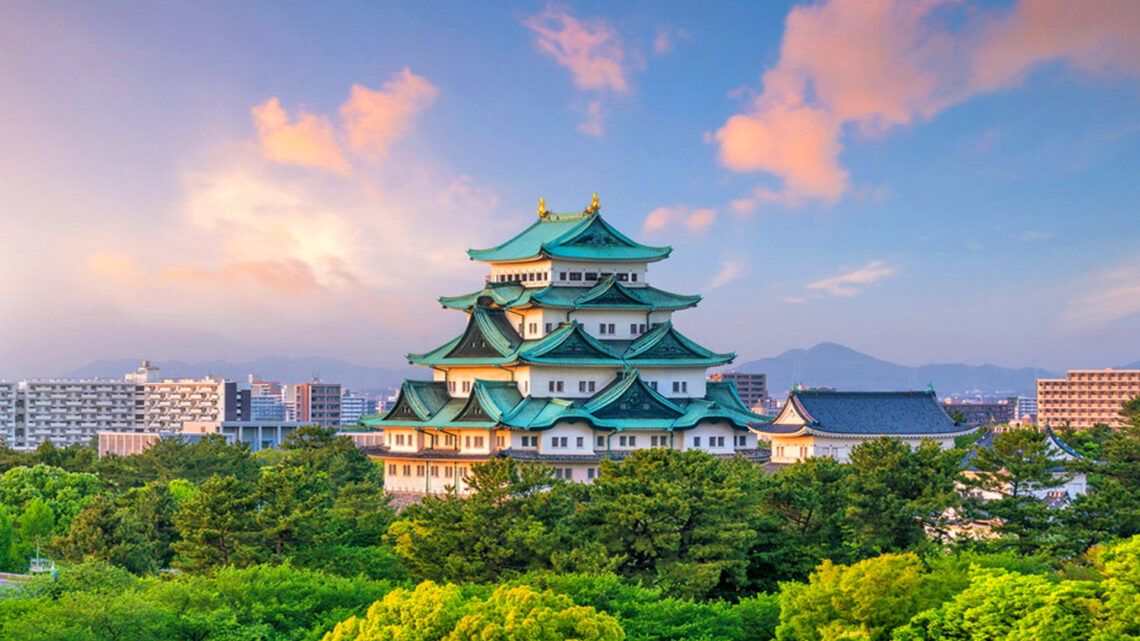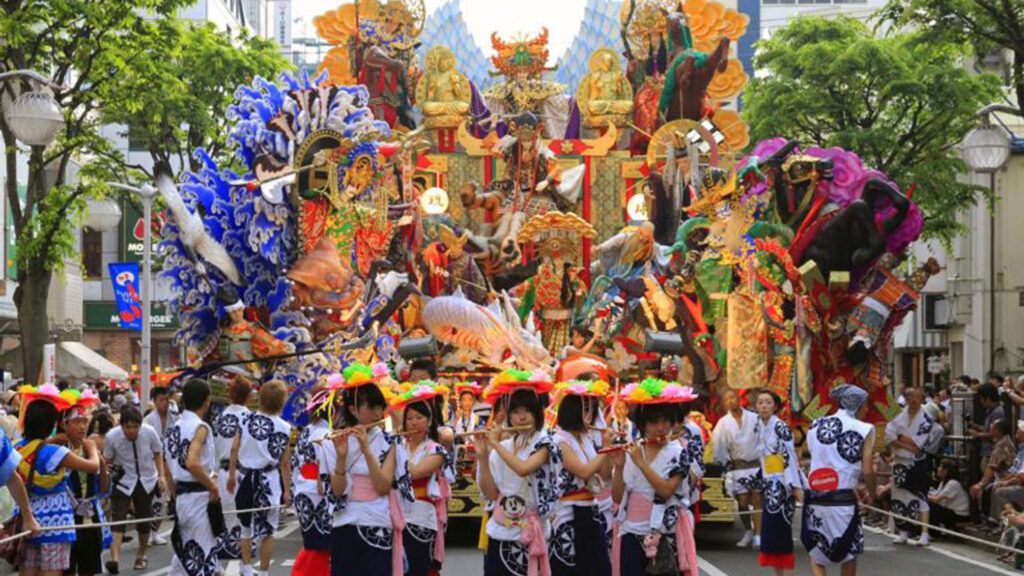
The Nebuta Matsuri is one of the most spectacular and fascinating festivals in Japan. It takes place annually in Aomori, the capital of Aomori Prefecture in the northern part of Honshu. This festival, celebrated every year in August, attracts visitors from all over the world who are enchanted by the giant, artistically crafted lanterns, the captivating music, and the lively atmosphere.
The Nebuta Matsuri is renowned for its impressive Nebuta lanterns, which consist of handmade, painted paper figures mounted on huge floats that are paraded through the streets. These lanterns, often depicting historical or mythological scenes, are illuminated at night, creating a magical ambiance that lights up the entire downtown area of Aomori.
In this blog post, we will explore the history and origins of the Nebuta Matsuri, discover the art and craftsmanship behind the Nebuta lanterns, introduce the main events and activities during the festival, and provide practical tips for visitors who wish to experience this extraordinary event.
The origins of the Nebuta Matsuri are not precisely documented, but it is generally believed that the festival dates back to the 9th century. One theory suggests that the festival evolved from traditional Tanabata celebrations, which involved colorful ornaments and lanterns. Another theory posits that the Nebuta Matsuri originated from a military tactic where warriors used giant lanterns to confuse and scare off the enemy.
The word “Nebuta” itself has several possible origins. One theory suggests that it derives from “neputa,” meaning “sleepy,” referring to the tradition of driving away spirits and evil entities that disturb people’s sleep. Another theory proposes that the term comes from “nebutai,” meaning “lavish” or “grand,” describing the opulent nature of the lanterns.
Over the centuries, the Nebuta Matsuri has evolved and changed. In the medieval period, the Nebuta lanterns were smaller and simpler, often made from bamboo frames and paper. Over time, they became more elaborate and larger, with the craftsmanship and artistic skills of the lantern makers steadily improving.
In the 20th century, the Nebuta Matsuri experienced a renaissance as new technologies and materials became available. Electric lighting replaced traditional candles and oil lamps, allowing the lanterns to be even more impressive and detailed. Today, the Nebuta lanterns are true works of art that require months of planning and labor.
The Art of Nebuta Lanterns

Creating a Nebuta lantern is a complex and labor-intensive process that often takes several months to complete. Initially, a detailed design is drafted, encompassing the entire structure and design of the lantern. This design is created by an experienced artist known as the “Nebuta-shi,” who has a clear vision for the final artwork.
The construction of the lantern begins with the building of the frame, which is made from a lightweight yet sturdy material such as bamboo or wire. The frame forms the skeleton of the lantern and provides the necessary structure and shape. Next, the frame is covered with special paper, which is then painted and decorated to depict the desired figures and scenes.
A crucial component of Nebuta lanterns is their illumination. Traditionally, candles or oil lamps were used to light the lanterns from within, but today, modern electric lighting systems are employed. These allow for even and brilliant illumination, bringing out the details and colors of the lanterns to their fullest extent.
Some of the larger and more elaborate Nebuta lanterns are even animated, featuring moving parts. These animations are made possible by intricate mechanical systems, carefully developed and installed by the artists and technicians.
The Nebuta Matsuri spans several days, with each day offering various events and activities. The highlight of the festival is the nightly parades, where the magnificent Nebuta lanterns are pulled through the streets of Aomori. These parades are accompanied by drummers, musicians, and dancers, creating a captivating and festive atmosphere.
Another major attraction of the Nebuta Matsuri is the Haneto dance. This traditional dance is performed by hundreds of participants dressed in colorful costumes, dancing through the streets to the rhythm of the music. The Haneto dance is not only a visual spectacle but also an invitation for the spectators to join in and become part of the festival.
The grand finale of the Nebuta Matsuri is a large fireworks display that transforms the sky over Aomori into a sparkling sea of lights. This fireworks show is another highlight of the festival, attracting thousands of visitors who watch the spectacle from the shores of Aomori Bay.
Origins and Significance of the Nebuta Matsuri

The exact origins of the Nebuta Matsuri are rooted in history, dating back to the 9th century during Japan’s Heian period. One of the most commonly cited origin myths connects the festival with the Tanabata legend, which came to Japan from China. Tanabata, the “Festival of Stars,” celebrates the annual meeting of the gods Orihime and Hikoboshi. Over time, these celebrations evolved into what we now know as the Nebuta Matsuri.
Another theory suggests that the festival has its roots in the military tactics of the legendary general Sakanoue no Tamuramaro, who used large lanterns to confuse his enemies during night battles. This tactic, combined with the intention of warding off evil spirits, may have laid the foundations for the modern festival.
The word “Nebuta” itself has various etymological explanations. One theory suggests it stems from the word “neputa,” meaning “sleepy.” This might refer to the original intent of driving away evil spirits that disturb people’s sleep. There is also a connection to ancient rural customs where ghosts and demons were driven away with loud noises and bright lights to ensure a good harvest and health.
Another theory posits that the word “Nebuta” is derived from “nebutai,” meaning “lavish” or “magnificent.” This describes the opulent and impressive nature of the lanterns, which are the centerpiece of the festival. The grand and artistic Nebuta lanterns symbolize the cultural and artistic grandeur of the Aomori region.
The Nebuta Matsuri is more than just a festive event; it has deeply rooted spiritual and cultural meanings. Traditionally, the festival was used to ward off evil spirits and negative energies. The glowing lanterns and loud drums were meant to drive away spirits and bring luck and prosperity to the participants.
Culturally, the Nebuta Matsuri is a symbol of community and the collective heritage of the people of Aomori. It represents the artistic skills and creative energy of the region. Every year, people come together to build, paint, and light the lanterns, fostering community spirit and collaboration.
Over the centuries, the Nebuta Matsuri has evolved and gained significance. Originally, the Nebuta lanterns were smaller and less elaborate, but over time, they became more magnificent and detailed. During the Edo period (1603-1868), the festival experienced a surge in popularity as local daimyos (feudal lords) began to support and promote it.
With Japan’s modernization in the 20th century, the lanterns and celebrations of the Nebuta Matsuri were also modernized. Electric lighting replaced traditional candles and oil lamps, allowing for an even more spectacular presentation of the lanterns. Today, the Nebuta lanterns are true works of art, requiring months of preparation and detailed craftsmanship.
Nowadays, the Nebuta Matsuri is not just a local festival but an international event that attracts visitors from all over the world. It serves as a platform to showcase Aomori’s rich history and culture and celebrate the artistic talents of the region. The festival also holds economic significance, bringing tourism and trade to the region.
In summary, the Nebuta Matsuri is a festival of history, culture, and community. It connects ancient traditions with modern creativity and attracts people of all ages who wish to experience the beauty and spirit of this unique festival.
Travel and Accommodation

Aomori is well accessible by train and plane. Aomori Airport offers connections to several major cities in Japan, and the Shinkansen bullet train connects Aomori with Tokyo and other major cities. For visitors planning to travel to Aomori during the Nebuta Matsuri, it is advisable to book accommodations early, as hotels tend to fill up quickly during the festival.
During the Nebuta Matsuri, there are numerous food stalls and vendors offering a variety of Japanese specialties. Popular dishes include fresh seafood, yakitori (grilled chicken skewers), takoyaki (stuffed dough balls), and various sweets. Visitors should take the opportunity to try the local cuisine and enjoy the culinary delights of Aomori.
The Nebuta Matsuri is a peaceful and family-friendly festival, but it is important to observe some basic etiquette. Visitors should be respectful towards locals and other participants, follow the instructions of the organizers, and keep an eye on their personal belongings. Since the streets can be very crowded during the festival, it is advisable to familiarize yourself with the planned routes and events in advance to better navigate the area.
Travel by Shinkansen (Bullet Train)
The most convenient and fastest way to travel to Aomori is by Shinkansen. The Hayabusa Shinkansen of the Tohoku line connects Tokyo directly with Aomori. The journey takes about three and a half hours and offers a comfortable and relaxed way to enjoy the trip. Tickets can be purchased in advance online or at train stations in Japan. It is advisable to reserve seats in advance, especially during the festival season, as trains often sell out.
JR Pass
For international visitors, the Japan Rail Pass (JR Pass) is a cost-effective option. With this pass, you can travel unlimitedly on JR trains, including the Shinkansen, for a specified period (e.g., 7, 14, or 21 days). The JR Pass is only available outside Japan and must be purchased before your trip. Upon arrival in Japan, you can activate the pass at any major JR station.
Travel by Airplane
Direct Flights to Aomori
Aomori Airport (AOJ) offers several domestic flights from major cities such as Tokyo, Osaka, and Nagoya. Airlines like JAL (Japan Airlines) and ANA (All Nippon Airways) offer daily flights to Aomori. The flight from Tokyo Haneda (HND) to Aomori takes about an hour and 20 minutes.
International Flights
For international visitors, the easiest way is to first fly to Tokyo Narita (NRT) or Tokyo Haneda (HND). From there, you can either take a domestic flight to Aomori or use the Shinkansen. Some international flights also connect to Osaka Kansai (KIX) or Nagoya Chubu Centrair (NGO), from where you can also travel to Aomori.
Travel by Bus
Long-distance buses are a cheaper but more time-consuming alternative to trains or planes. Various bus companies, such as Willer Express and JR Bus Tohoku, offer overnight buses from Tokyo to Aomori. The journey takes about nine to twelve hours, depending on traffic conditions and the chosen bus line. Overnight buses are equipped with comfortable seats, allowing you to sleep during the trip and arrive in Aomori refreshed the next morning.
Travel by Rental Car
For adventurous travelers, traveling by rental car can be an interesting option. Car rentals are available at all major airports and in most cities in Japan. The drive from Tokyo to Aomori takes about eight to nine hours and passes through scenic landscapes and along the coast. However, it is important to check road conditions and toll fees in advance.
Highways and Toll Fees
Japan has an extensive highway network funded by toll fees. The Tohoku Expressway (E4) directly connects Tokyo with Aomori. Toll fees can add up, so it is advisable to rent an ETC (Electronic Toll Collection) transponder, which facilitates payment and often offers discounts.
Public Transportation
Aomori has an efficient public transportation system, including buses and trains. Trams and buses can be crowded during the Nebuta Matsuri, so it is advisable to check schedules in advance. Special shuttle buses are provided during the festival to transport visitors to the main event locations.
Taxis and Rental Cars
Taxis are readily available in Aomori and offer a convenient way to get around, especially if you are traveling in a group or have a lot of luggage. Rental cars can also be a good option to explore the city and surrounding attractions flexibly. However, parking is limited during the festival, so plan accordingly.
Traveling to Aomori for the Nebuta Matsuri is well-organized, offering various options for different budgets and preferences. Whether you prefer the comfort and speed of the Shinkansen, the flexibility of a rental car, or the cost-effectiveness of a long-distance bus, there are numerous ways to reach and experience this fascinating festival. Plan your trip in advance to find the best option for your needs and prepare to enjoy one of Japan’s most spectacular festivals to the fullest.
The Nebuta Matsuri in Aomori is an extraordinary event that celebrates Japan’s rich culture and tradition in an impressive manner. With its magnificent lanterns, captivating music, and lively dances, the festival offers an unforgettable experience for all visitors. Whether you are an art lover, a history enthusiast, or simply looking for a unique cultural experience, the Nebuta Matsuri will surely delight and inspire you.
I hope this blog post has given you a comprehensive insight into the Nebuta Matsuri and inspired you to experience this wonderful festival for yourself. If you have any questions or need further information, please do not hesitate to contact us. Enjoy discovering the Nebuta Matsuri!
My Conclusion
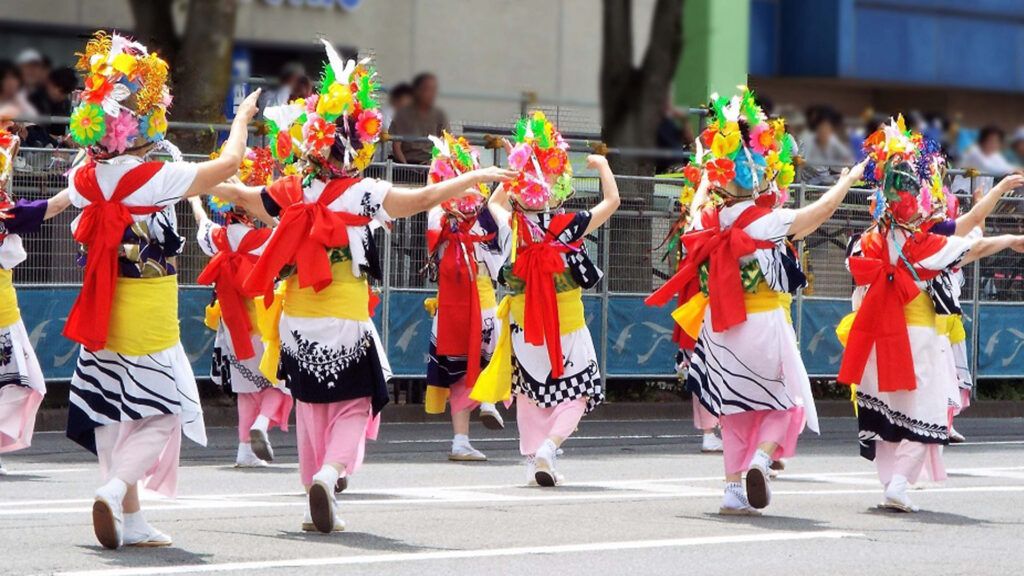
The Nebuta Matsuri in Aomori is far more than just a traditional festival – it is a vibrant and pulsating testament to Japanese culture, history, and artistry. The impressive Nebuta lanterns, the colorful parades, and the captivating music create an atmosphere that deeply moves and excites visitors.
When I first attended the Nebuta Matsuri, I was immediately overwhelmed by the splendor and meticulous detail of the lanterns. Each lantern tells a story, whether from mythology, history, or folklore. The dedication and talent of the artists are evident in every brushstroke and construction. It is astonishing how much work and attention to detail go into creating these masterpieces.
What I found particularly impressive was the sense of community that is palpable during the festival. People of all ages and backgrounds come together to celebrate and share an unforgettable experience. The Haneto dance, where spectators are invited to join in, showed me how inclusive and welcoming this festival is. There is nothing more beautiful than being swept up by the energy of the crowd and becoming part of this grand spectacle.
Another highlight for me was the concluding fireworks display. The lights and colors illuminating the sky provided a perfect finale to this incredible festival. It was a magical moment that will stay with me for a long time.
Traveling to Aomori is easy and well-organized, whether you prefer the Shinkansen, airplane, bus, or car. The city itself offers numerous accommodation options and a wealth of culinary delights to discover.
Overall, the Nebuta Matsuri deeply impressed me and provided a unique insight into Japanese culture. It is a festival that wonderfully blends tradition and modernity, showcasing the vibrancy and dynamism of Japanese festival culture. I can warmly recommend anyone who has the opportunity to visit this festival to embark on the adventure. It is a journey that will enrich you not only geographically but also culturally and emotionally.
The Nebuta Matsuri has shown me the importance of preserving and celebrating traditions. It also highlighted the beauty of collaboration and creative expression. I look forward to returning in the future and immersing myself once again in the magical world of the Nebuta Matsuri.

